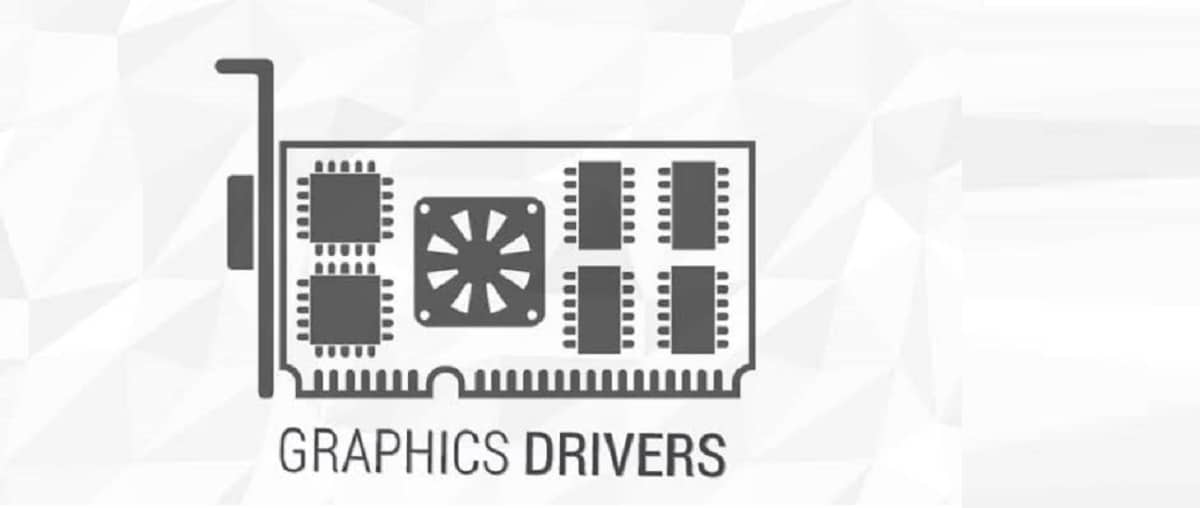
After two months of development the launch of the new version of the OpenGL and Vulkan API implementation, "Table 22.1.0". As always, the first version of the Mesa branch has an experimental status, so after the final stabilization of the code, a stable version 22.1.1 will be released.
In Mesa 22.1, support for the Vulkan 1.3 graphics API is available in the anv drivers for Intel GPUs, radv for AMD GPUs, and the Lavapipe software rasterizer. Vulkan 1.2 supports emulator mode (vn), Vulkan 1.1 on Qualcomm GPU driver (tu) and Vulkan 1.0 on Broadcom VideoCore VI GPU driver (Raspberry Pi 4)
Table 22.1.0 main novelties
In this new version that is presented, the ANV Vulkan (Intel) driver and the Iris OpenGL driver are supported by discrete graphics cards Intel DG2 (Arc Alchemist) and Arctic Sound-M, while the controller D3D12, with the OpenGL layer over the API DirectX 12 (D3D12), It supports OpenGL 4.2. The driver is used in the WSL2 layer to run graphical Linux applications on Windows.
Also highlighted is the clavapipe controller with a software rasterizer implementation for the Vulcan API (similar to llvmpipe, but for Vulkan, which translates Vulkan API calls to Gallium API) is now compatible with Vulkan 1.3.
The controller Nouveau for GeForce 6/7/8 GPUs previous converted to use intermediate representation (IR) untyped from the NIR shaders. NIR support also enables Tungsten Graphics Shader Infrastructure (TGSI) rendering support by enabling a layer to translate NIR to TGSI.
The controller v3d OpenGL developed for the VideoCore VI graphics accelerator used since the model Raspberry Pi 4 implements caching support of shaders on disk.
For AMD GPU equipped with the video engine VCN 2.0, EFC support implemented (Encoder Format Conversion), which allows using a hardware video encoder to directly read RGB surfaces without RGB->YUV conversions performed by shaders.
Added support for ANGLE layer, which translates OpenGL ES calls to OpenGL, Direct3D 9/11, Desktop GL, and Vulkan, to the Venus driver with a virtual GPU (virtio-gpu) implementation based on the Vulkan API.
Of the other changes that stand out in this new version:
- Added support for NVIDIA's OpenGL extension GL_NV_pack_subimage to update rectangles in host memory using framebuffer or texture data.
- Added support for RADV (AMD), ANV (Intel), and lavapipe Vulkan driver extensions
- Added support for AMD GFX1036 and GFX1037 GPUs.
- Developed for older Intel GPUs based on Gen4-Gen7 microarchitectures that are not compatible with the Iris driver, the Crocus driver includes an OpenGL backwards compatibility profile.
- The PanVk driver, which provides support for the Vulkan graphics API for ARM Mali Midgard and Bifrost GPUs, has started work on compute shader support.
- The RADV driver (AMD) implemented primitive ray removal, which improved ray tracing support for games like DOOM Eternal.
- An initial implementation of the Vulkan GPU driver based on the PowerVR Rogue architecture developed by Imagination is proposed.
- The package includes a compact OpenCL compiler proposed by Intel and used in ray tracing.
Finally if you are interested in knowing more about it about this new version of the Mesa drivers, you can check the details in the following link.
How to install Mesa video drivers on Linux?
Mesa packages found in all Linux distributions, so its installation can be done either by downloading and compiling the source code (All information about it here) or in a relatively simple way, which depends on the availability within the official channels of your distribution or third parties.
For those who are users of Ubuntu, Linux Mint and derivatives they can add the following repository where the drivers are updated quickly.
sudo add-apt-repository ppa:kisak/kisak-mesa -y
Now we are going to update our list of packages and repositories with:
sudo apt update
And finally we can install the drivers with:
sudo apt upgrade
For the case of those who are Arch Linux users and derivatives, we install them with the following command:
sudo pacman -S mesa mesa-demos mesa-libgl lib32-mesa lib32-mesa-libgl
For whoever they are Fedora 32 users can use this repository, so they must enable corp with:
sudo dnf copr enable grigorig/mesa-stable sudo dnf update
Finally, for those who are openSUSE users, they can install or upgrade by typing:
sudo zypper in mesa
There is no one who understands the linux graphical stack.
Firmware, kernel drivers, card drivers, Xorg, waylands, mesa, graphics libraries, compositors, window managers, desktops…